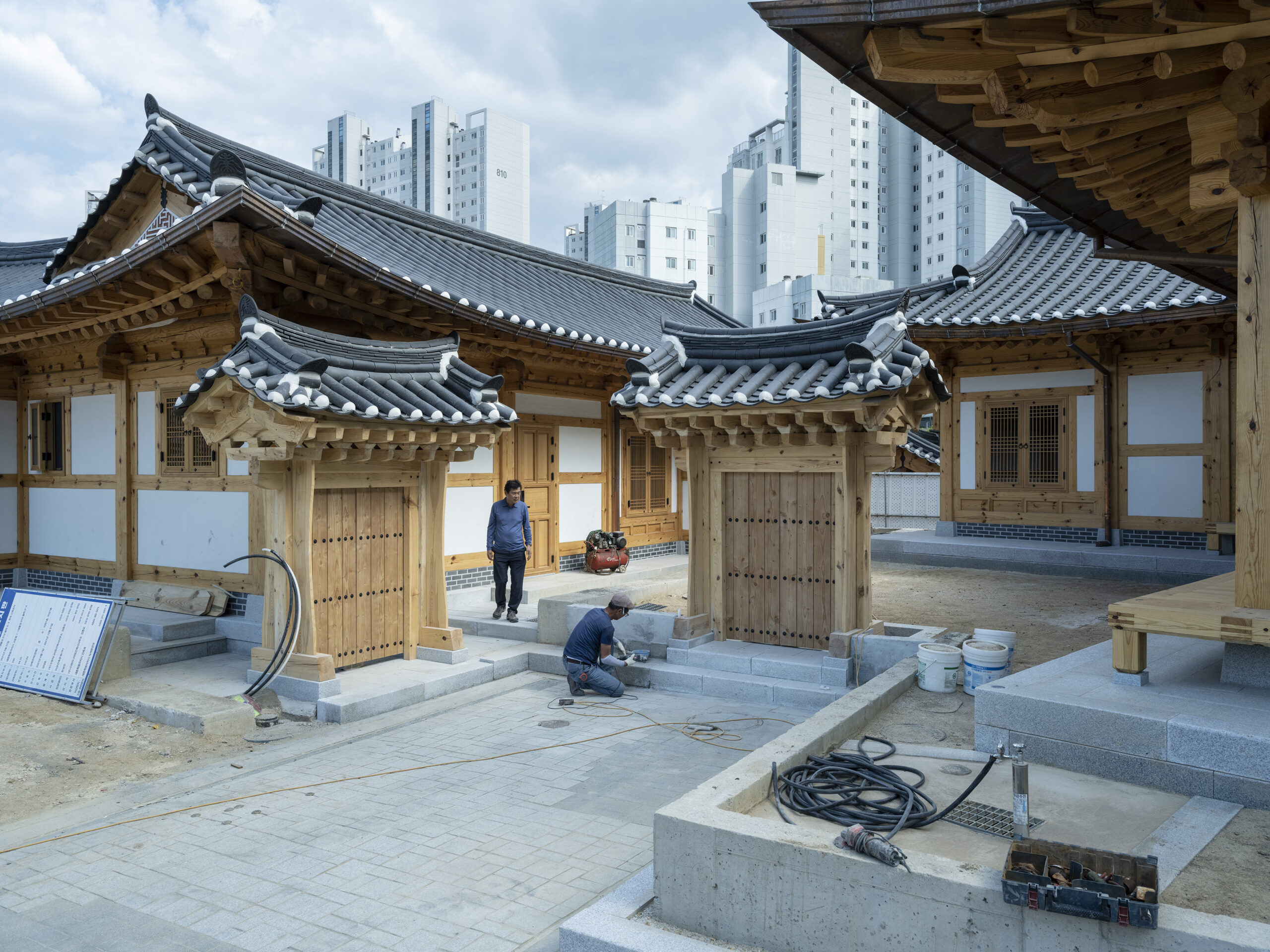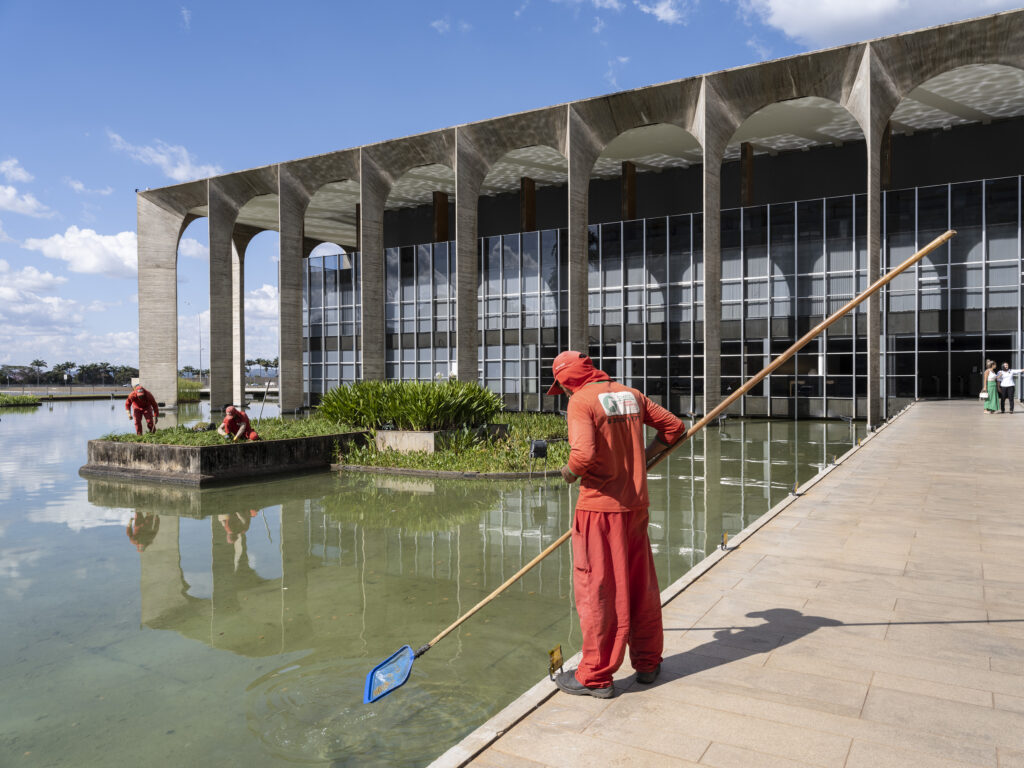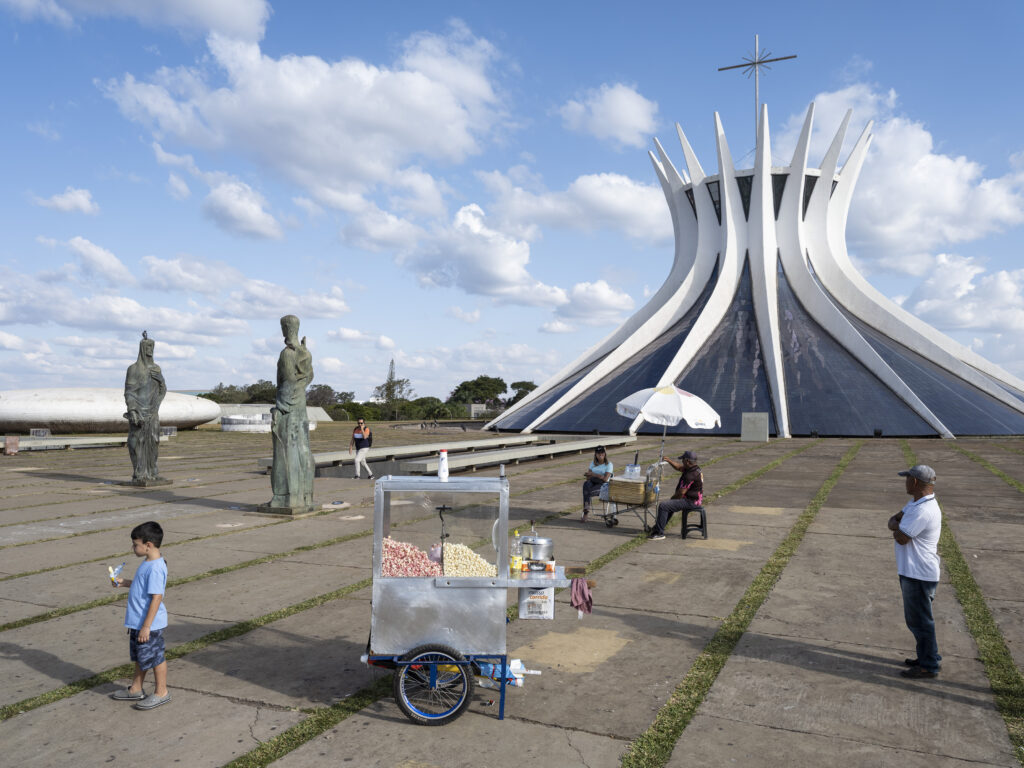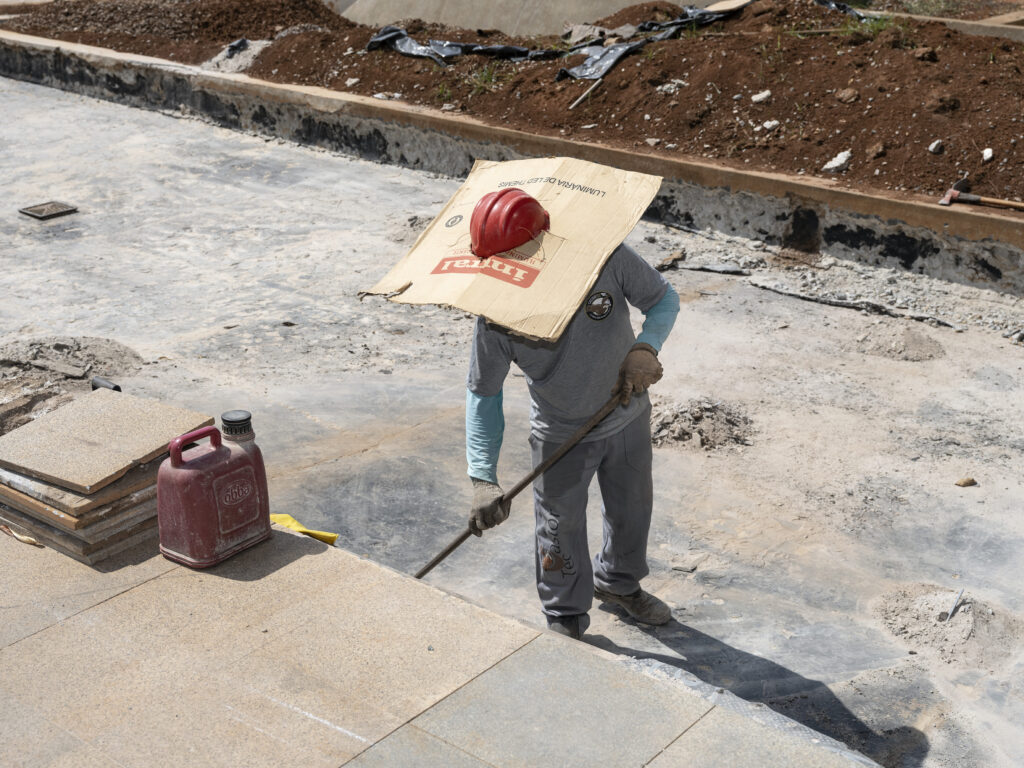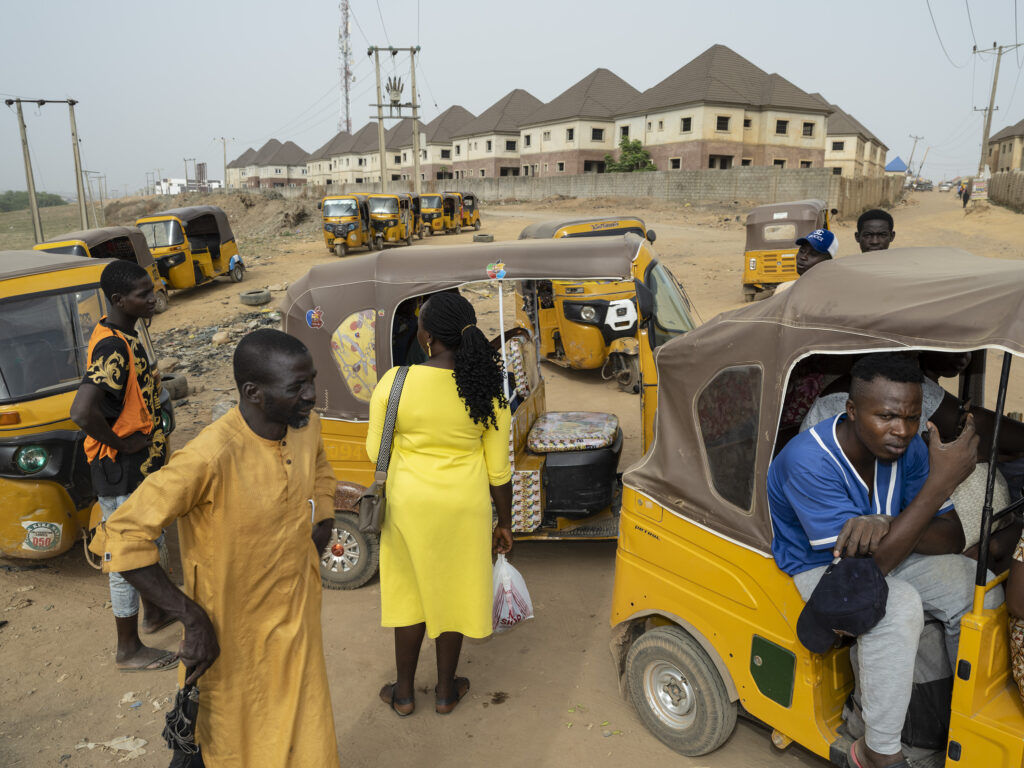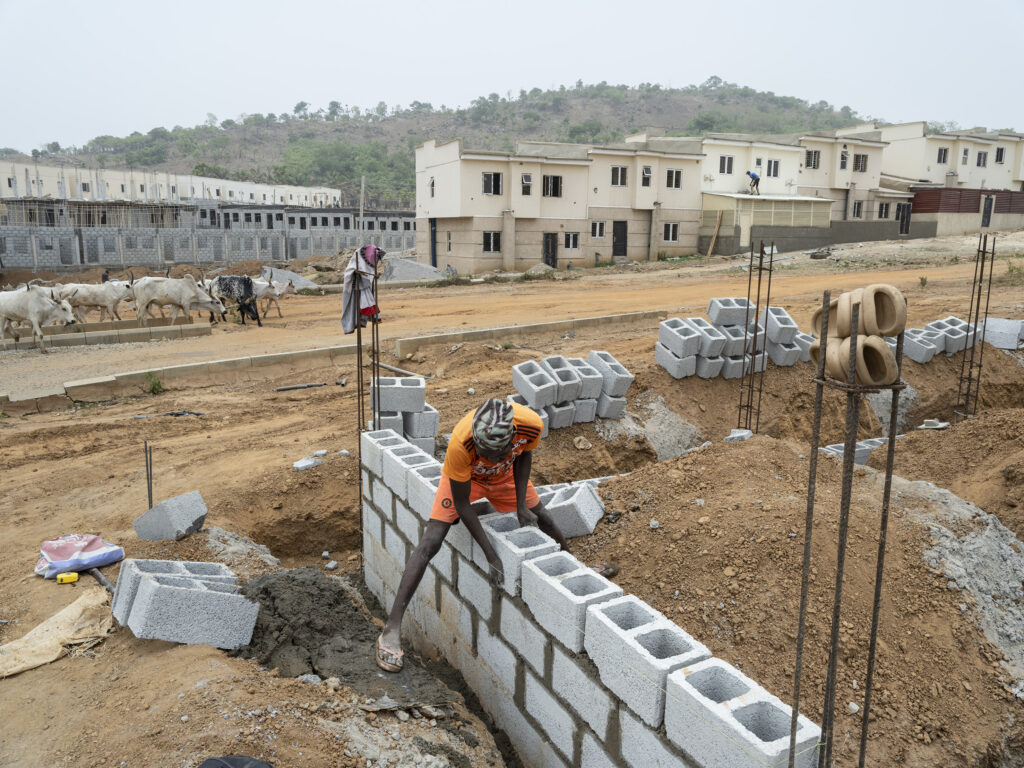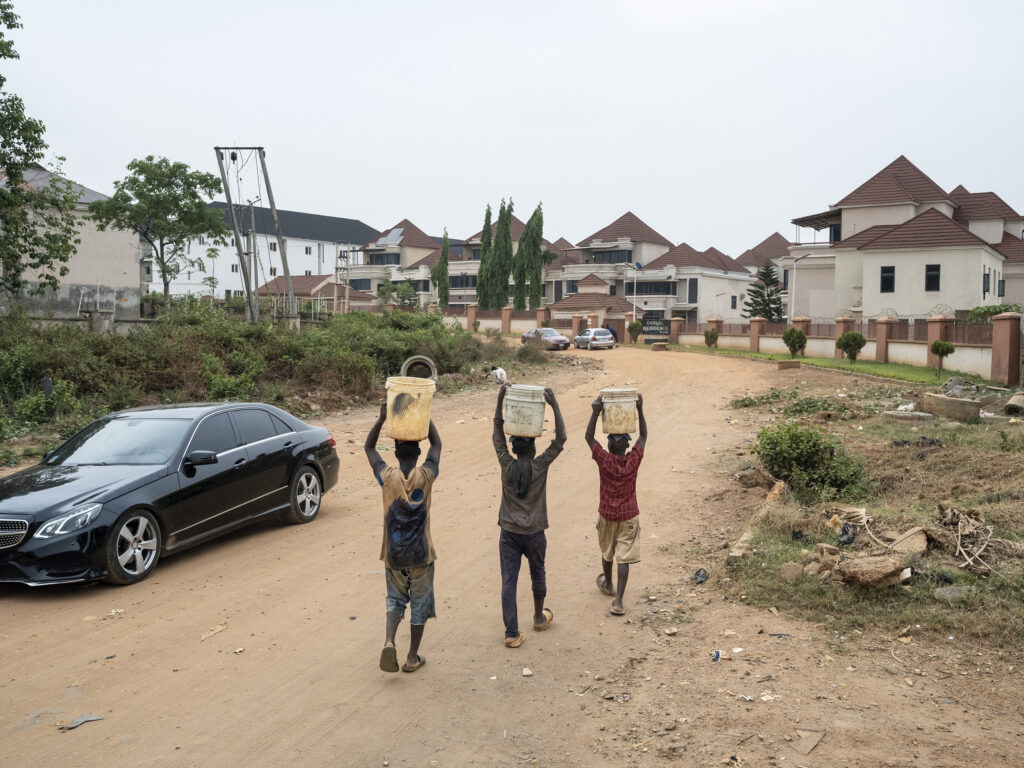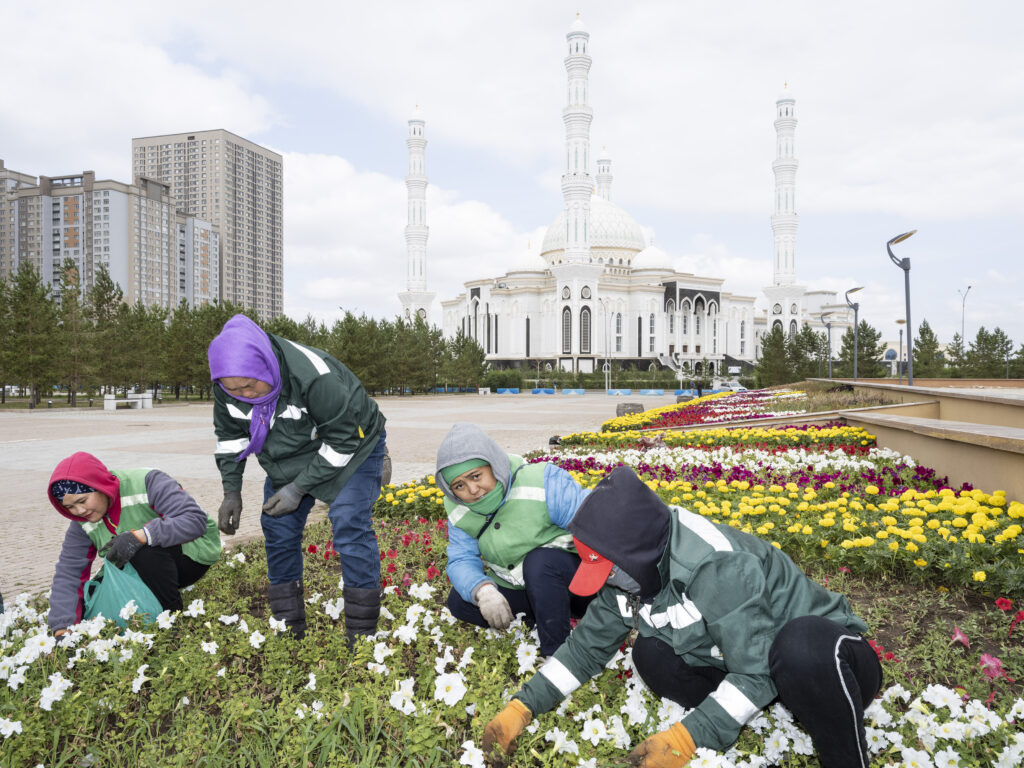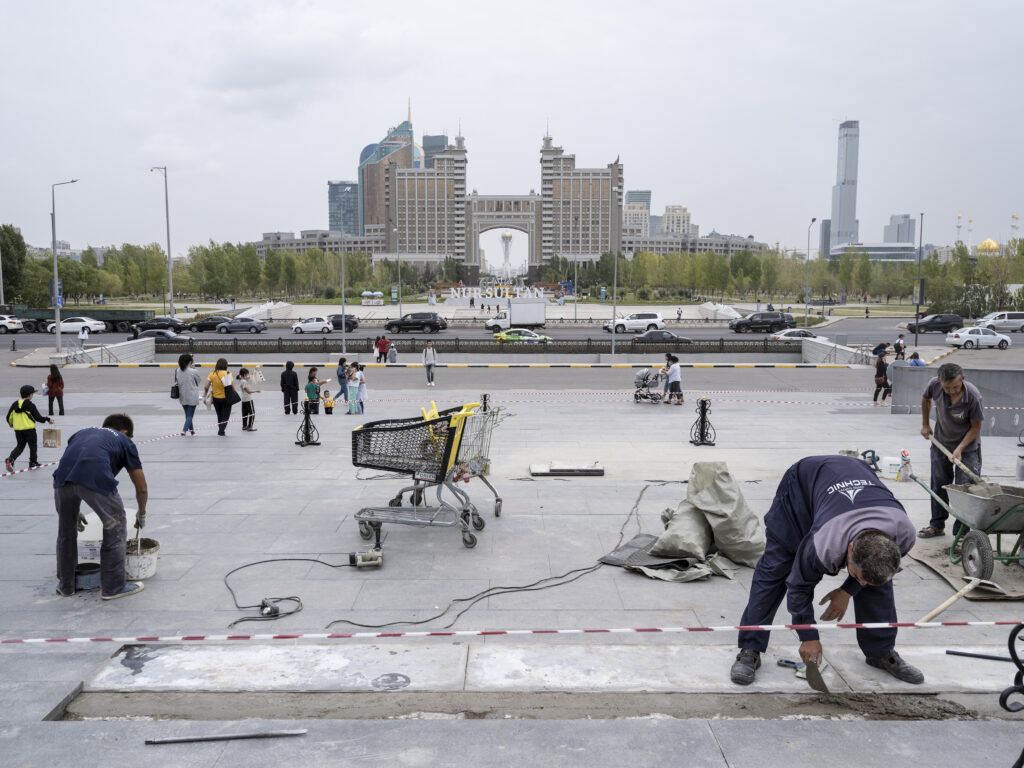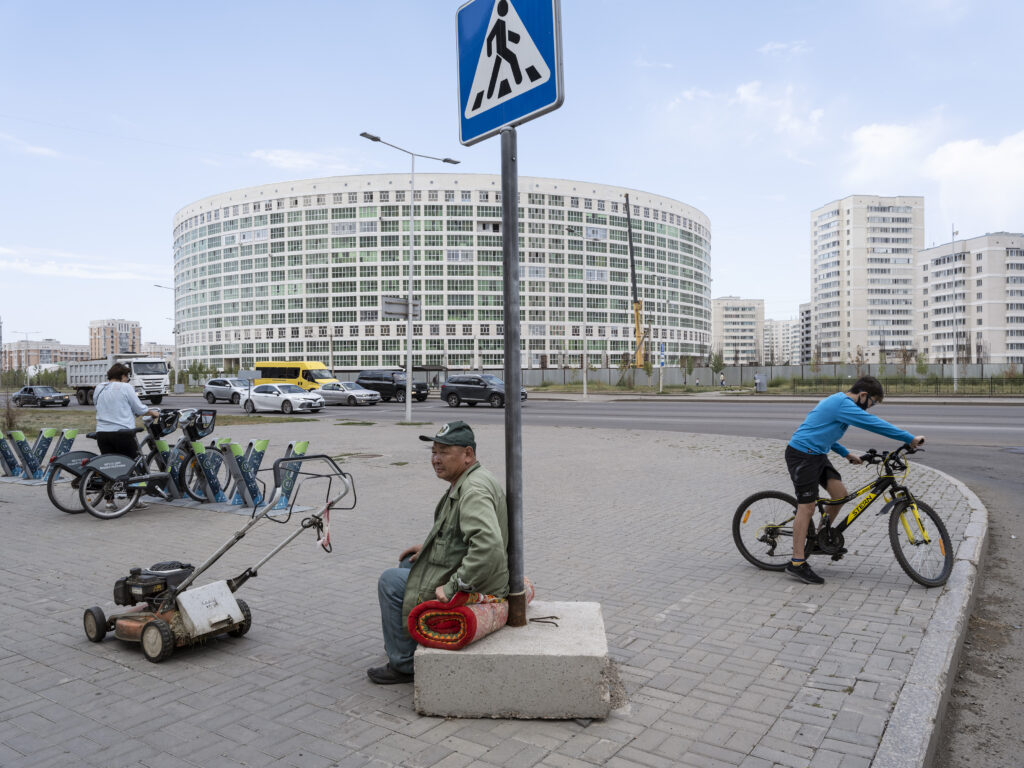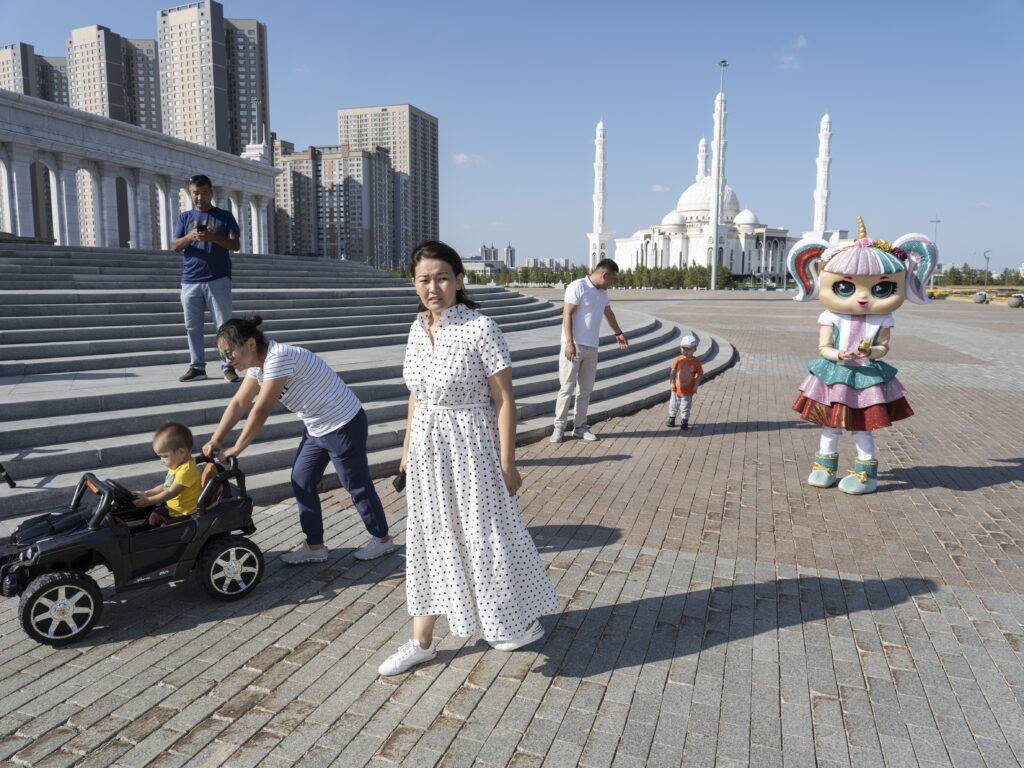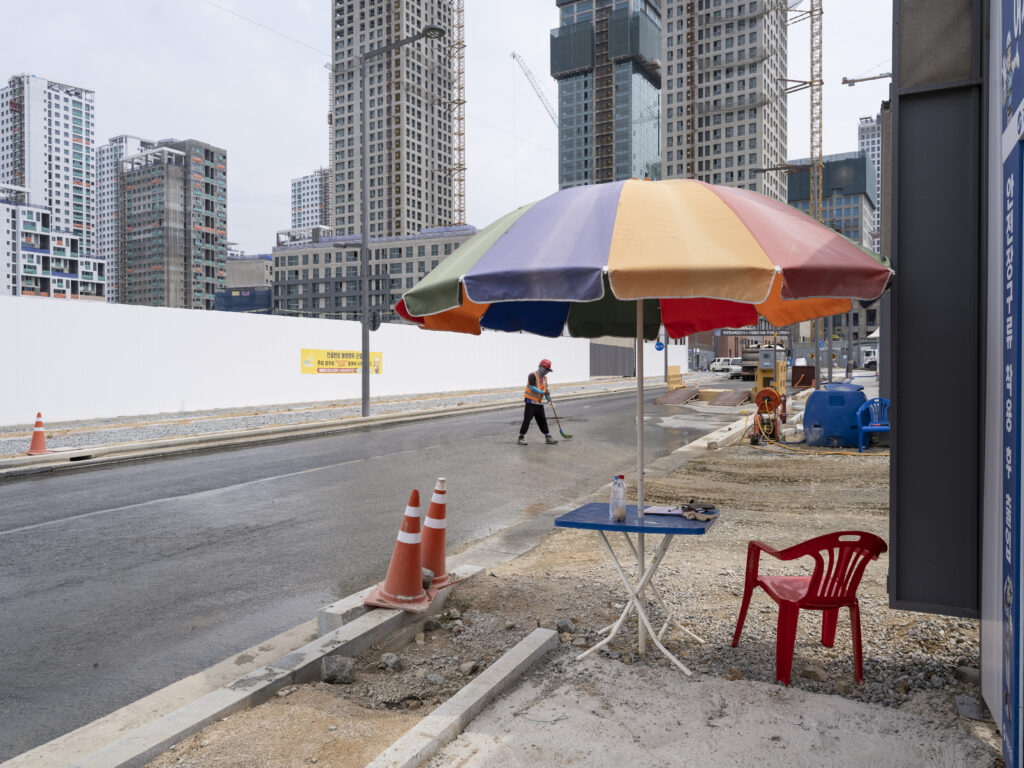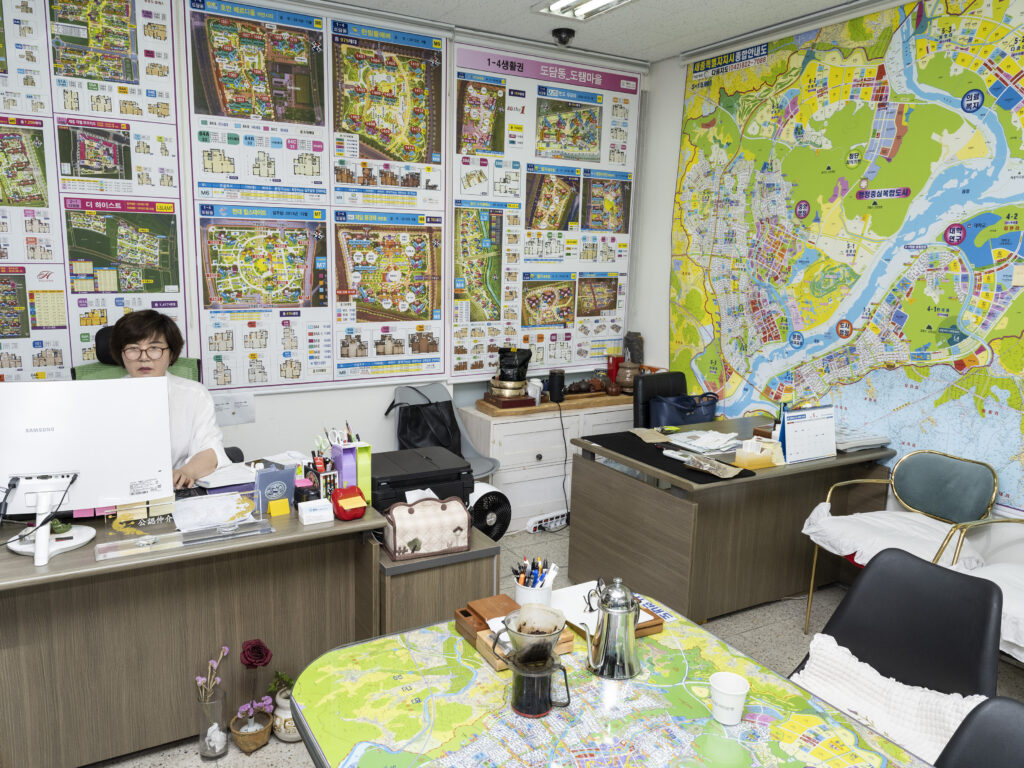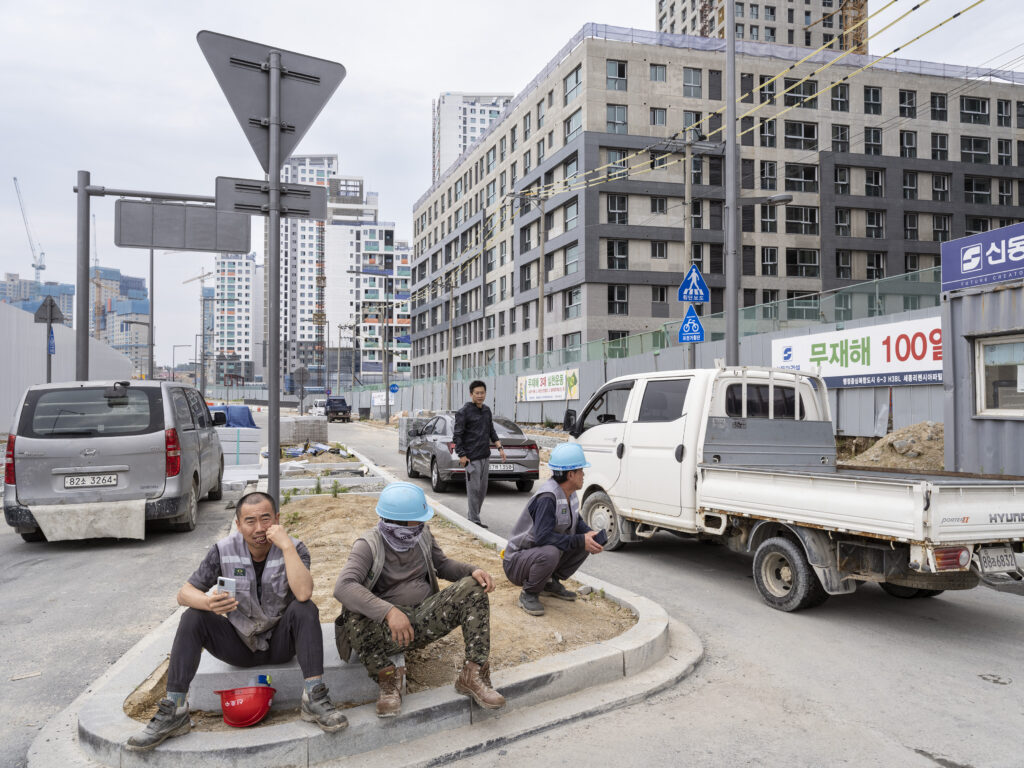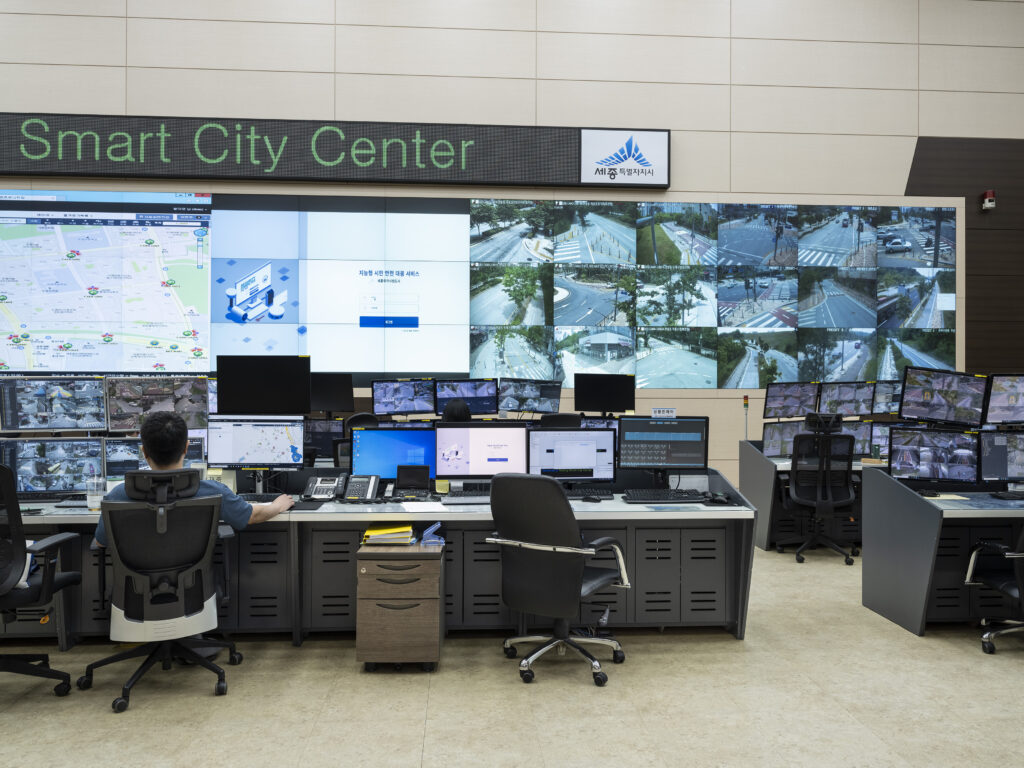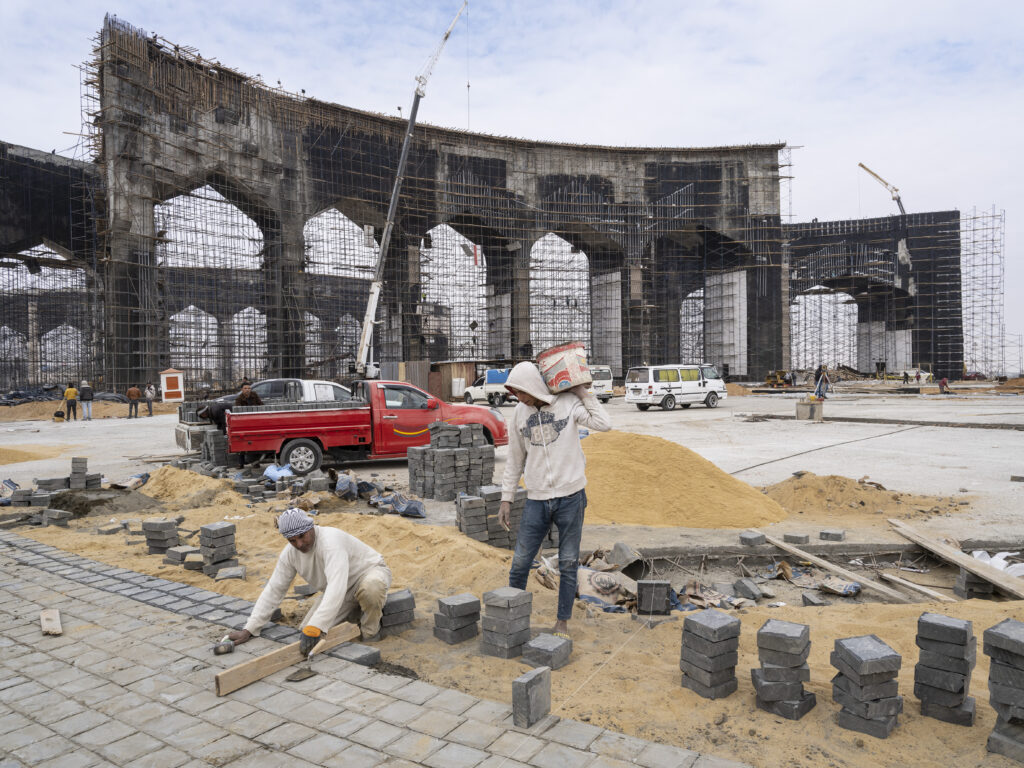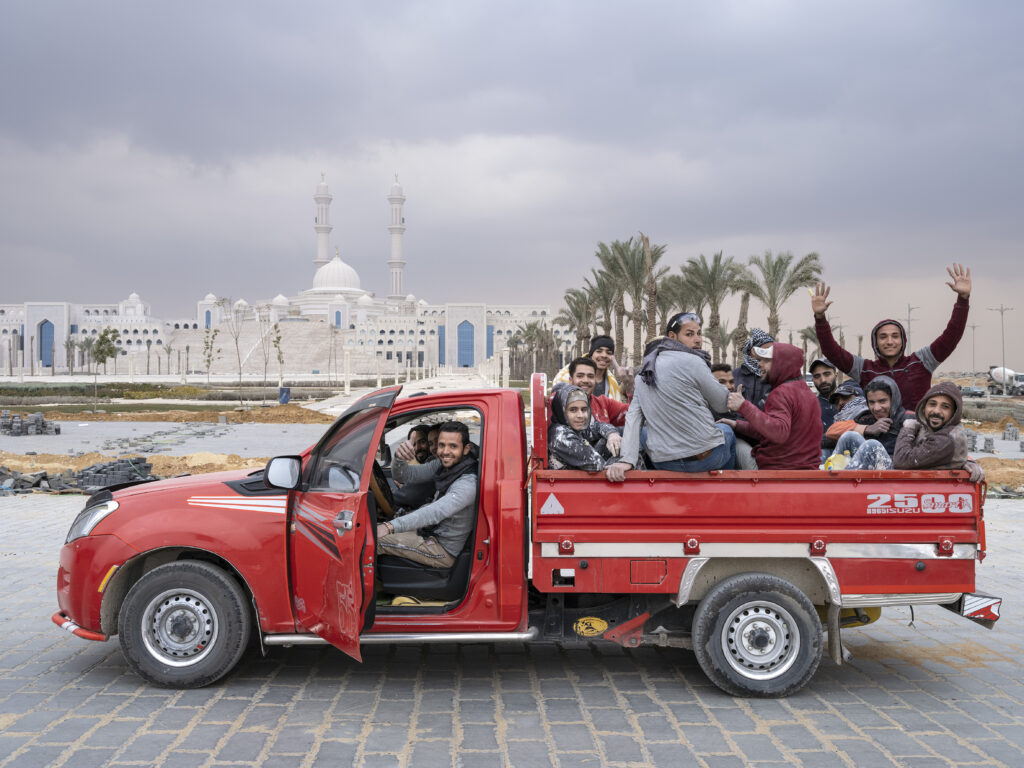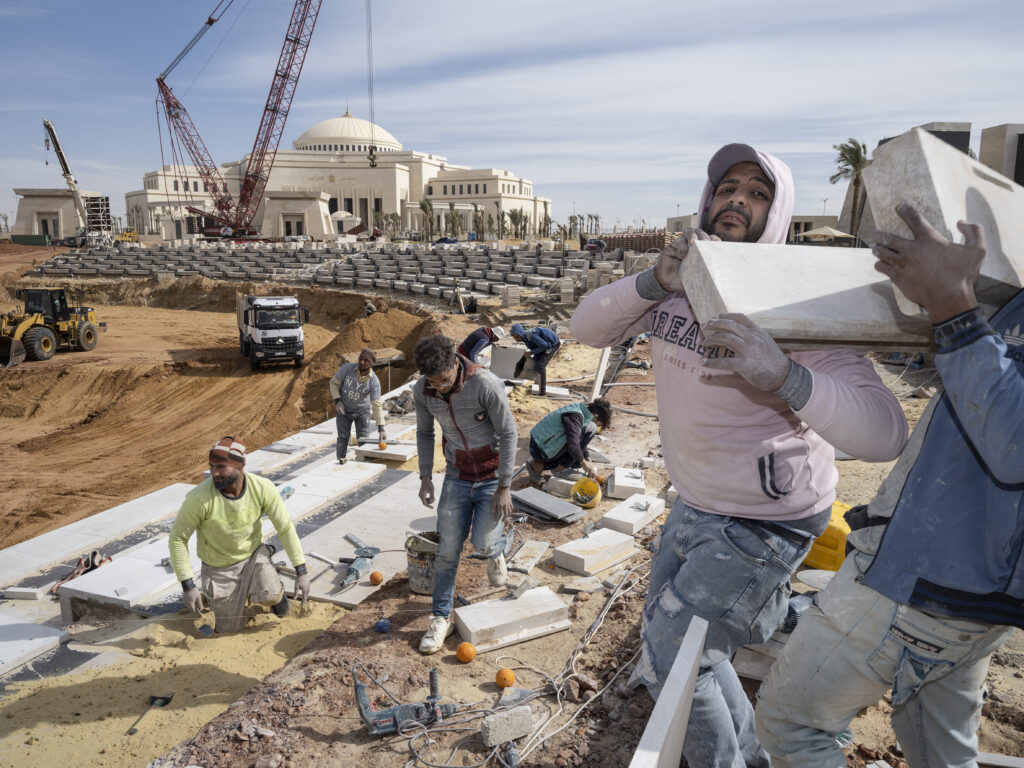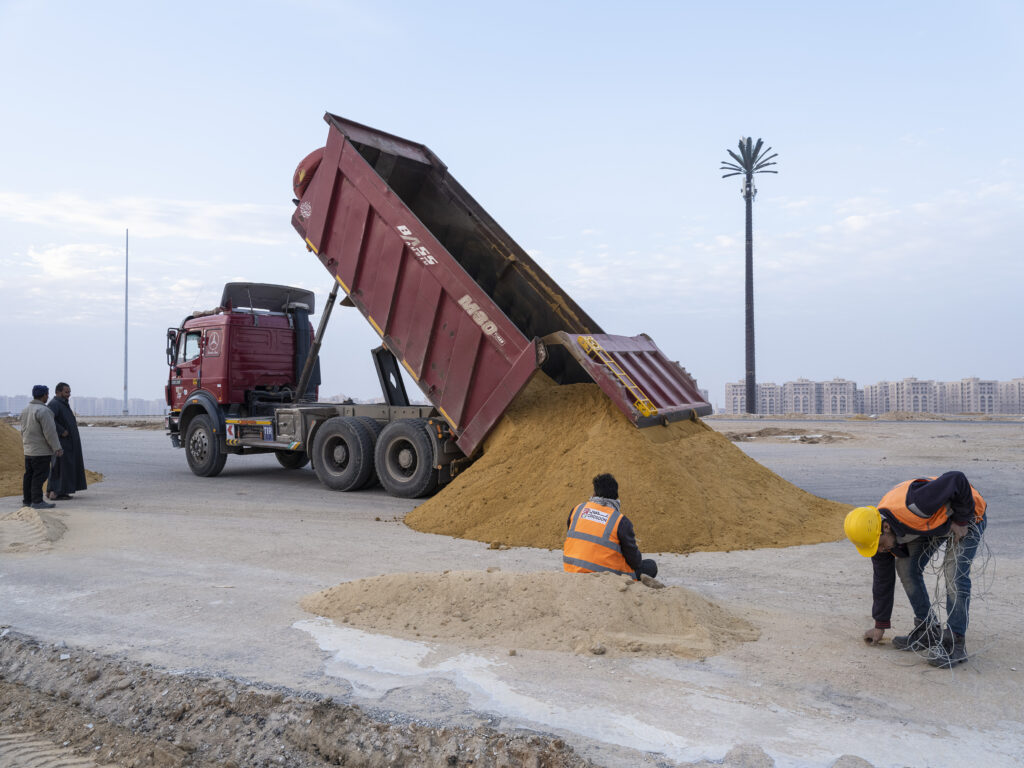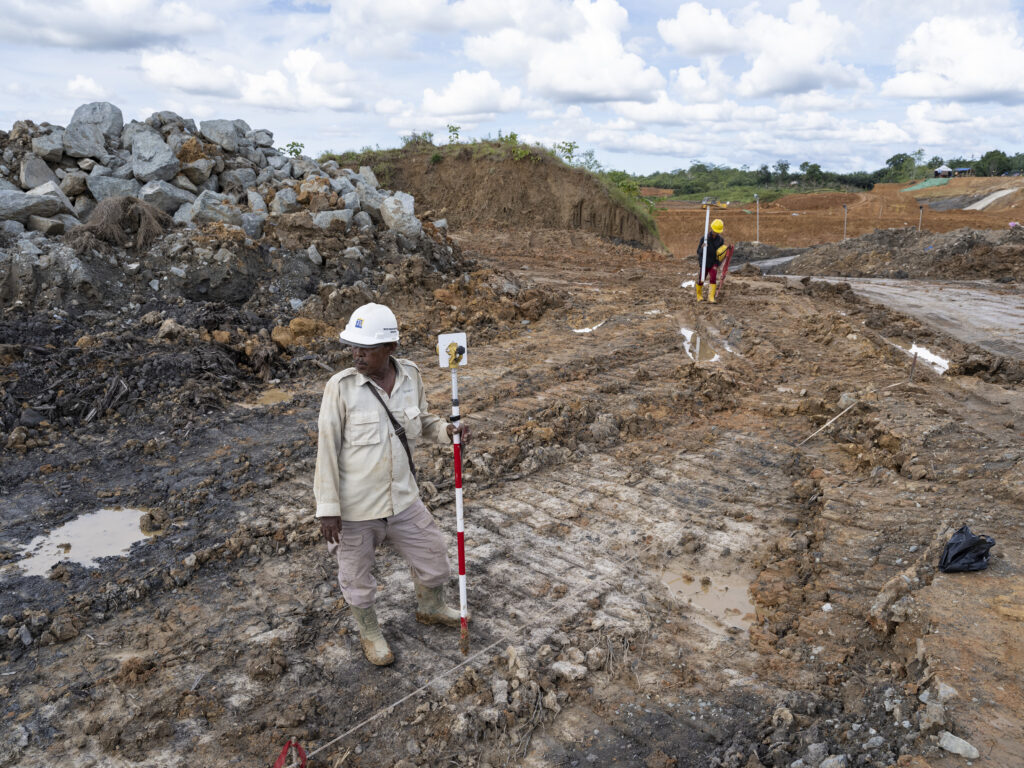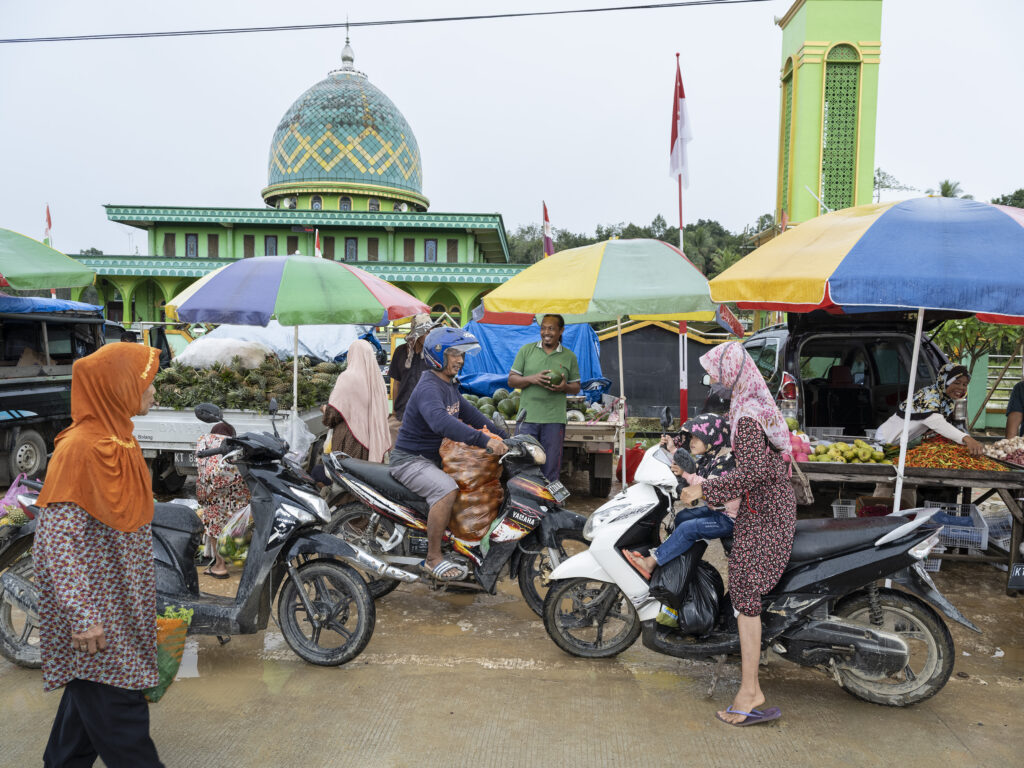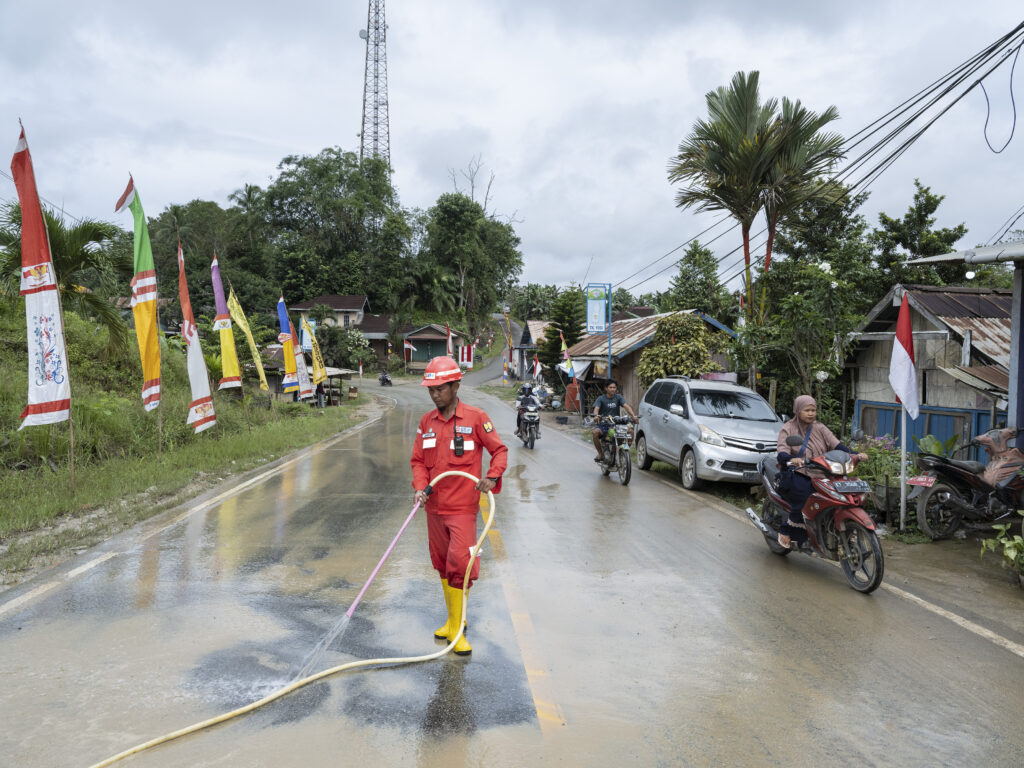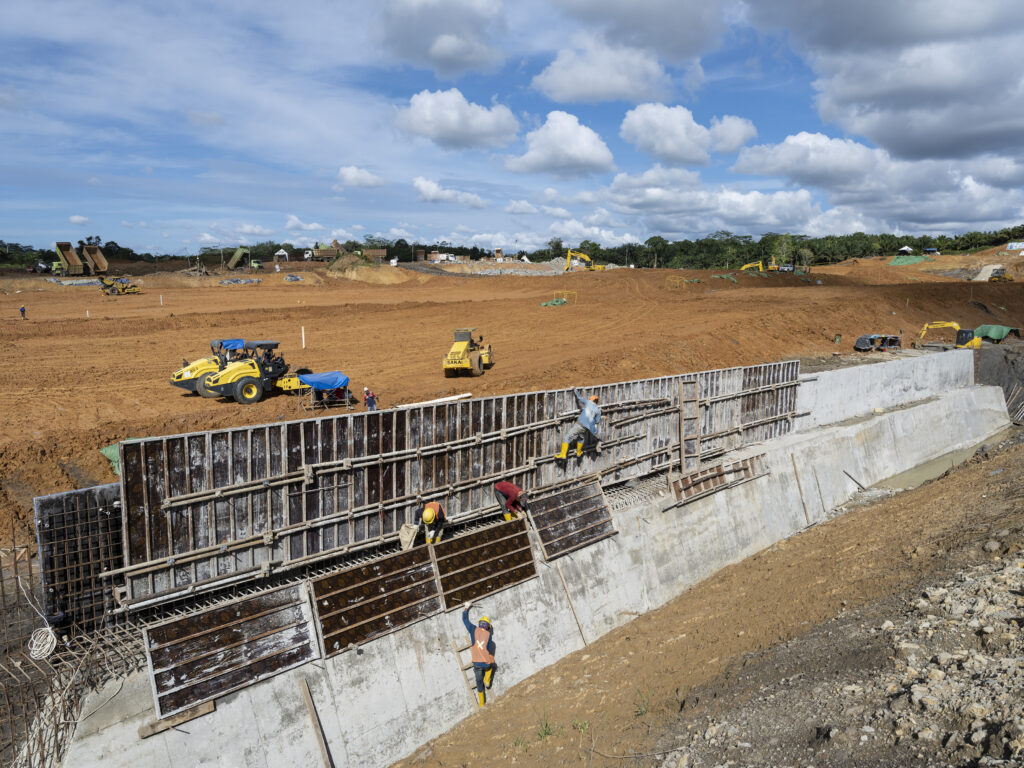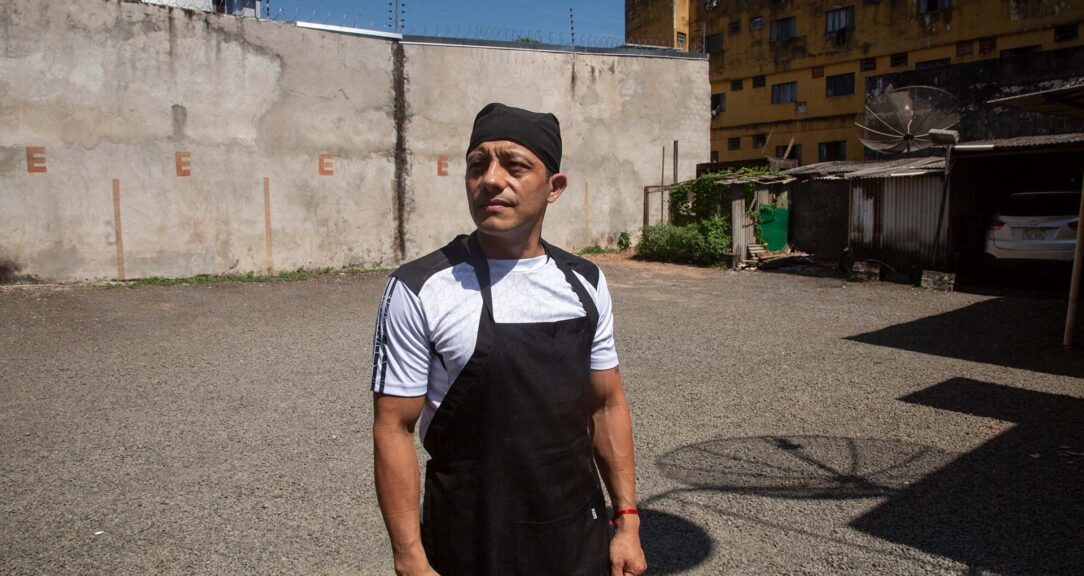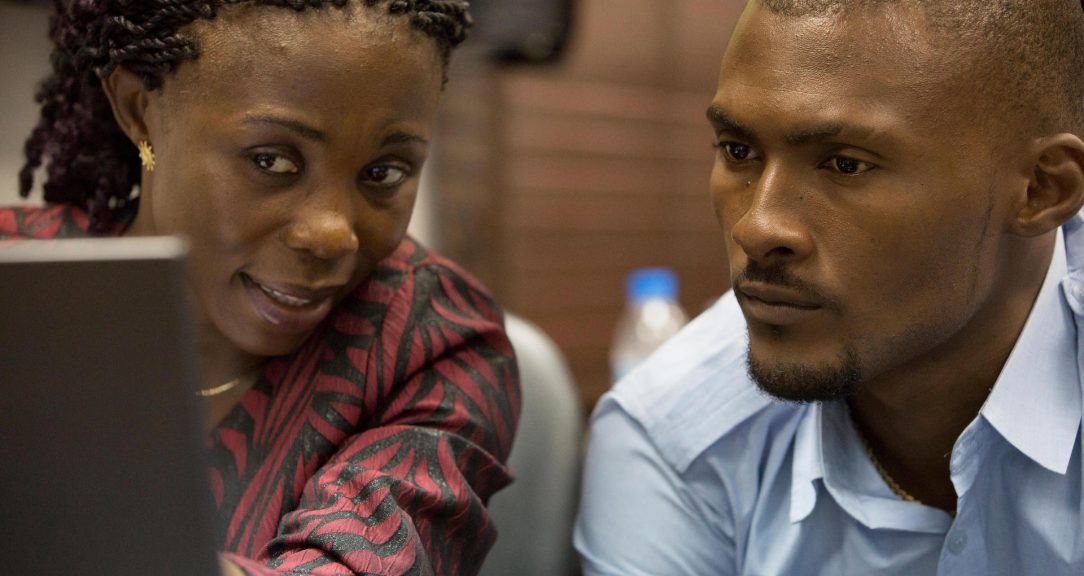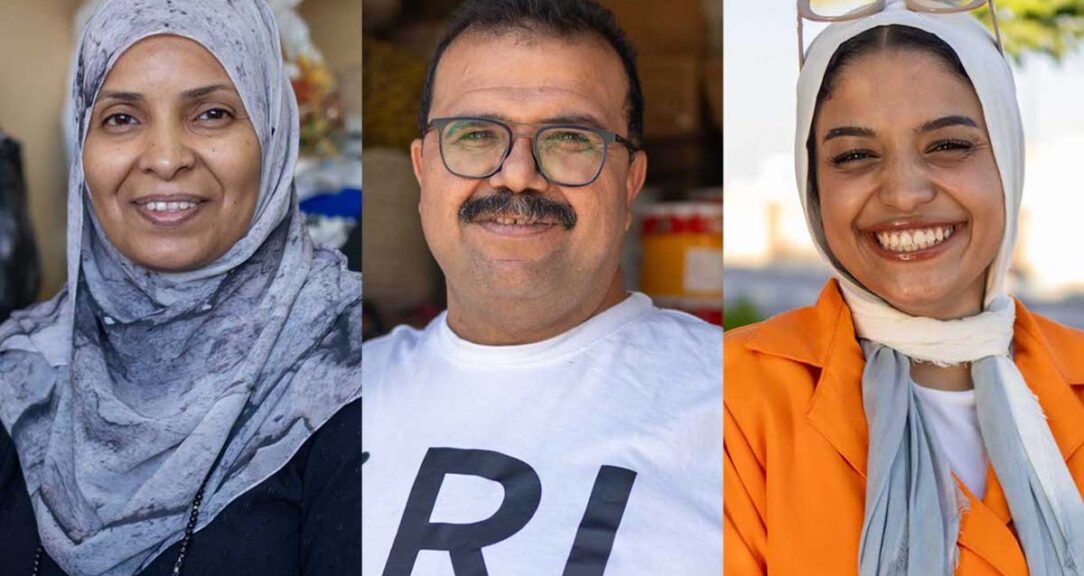We are in the midst of a new city building boom. In 2019, more than 120 cities were being built in 40 nations around the world. This boom only accounts for half of the new urban area needed to accommodate the 2.5 billion new city dwellers projected by 2050 — 68% of the world’s population.
But what about new capital cities? In 1900, the world had around 40 capitals; today there are 201. About 40% of all countries have considered relocating their capital — and at least five new capitals are now being planned.
Having visited and photographed six new capitals across the globe — Brasília in Brazil, Abuja in Nigeria, Astana in Kazakhstan, Sejong in South Korea, New Administrative Capital (N.A.C.) in Egypt, and Nusantara in Indonesia — I recently published a book, “New Capital: Building Cities From Scratch,” that documents my experience of observing these megaprojects.
While Brasília, Abuja, Astana and Sejong have been around for several decades — they were built in 1960, 1991, 1997 and 2007, respectively — N.A.C. and Nusantara are very recent. Only a portion of N.A.C. is complete, while Nusantara has just broken ground.
New city building is a symptom of deregulated economies, neoliberalism and the emergence of real estate as an asset class. Tech companies are also helping to drive “smart” urban development. For example, South Korea’s $40 billion “smart city” Songdo, built on a 1,480-acre stretch of reclaimed land, serves as a testing ground for a tech company that gathers real-time data in the city streets.
In contrast to suburbs or existing city offshoots, purpose-built new city projects tend to be marketed with their own brand, identity and vision. New capital cities, in particular, are characterized by sprawling plazas and boulevards, anchored by fountains, statues and obelisks.
The emphasis on traditional architectural grandeur contrasts with the new capitals’s focus on modernity, speed and convenience. These competing visions sometimes obscure issues of livability, affordability and accessibility. For example, Brasília and Abuja were designed to be car-centric. This design model leads to high vehicle dependency, which marginalizes pedestrians and excludes social groups such as the poor and disabled.
This reality counters the image of new cities as a one-stop remedy for urban and economic issues faced around the world: pollution, overcrowding, traffic congestion, housing shortages and a lack of green space. By starting from scratch, governments hope to develop new economic sectors that improve old dysfunctional urban centers.
But new cities also raise environmental concerns. Since 1985, about 29,500 square miles of newly urbanized land has been built in places at risk of severe flooding. This is perhaps surprising since at least one new capital — Nusantara, Indonesia — was built in response to rising sea levels. The previous capital, Jakarta, is sinking at a rate of up to 10 inches per year, and 40% of the city is now below sea level.
Although it is likely more countries will consider moving their capitals for climate reasons, historically the decision to relocate a capital city has largely been symbolic, for economic or strategic reasons. Ankara, Bern, Brasília, Canberra, Madrid, Ottawa and Washington, D.C., are examples of capitals founded to be “neutral” — unburdened by regional or political identities.
The rising trend of building new capitals in the 21st century also reflects a fundamental shift in how we work, as well as the future of how our government institutions will be run. Before email and video calls, civil servants had no choice but to cluster together to reach the office.
Where government jobs go, private ones follow. One study found that after Germany’s federal workforce moved from Bonn to Berlin in 1999, for every 100 government jobs that relocated, 55 private-sector jobs were created. Many of these were service jobs in fields such as law and consultancy.
An ongoing problem with new capitals is how to convince workers to move to an entirely new city that lacks a social-cultural fabric. Sejong, for example, is home to just 350,000 people, compared to 10 million in Seoul. An immense amount of labor is required to build these new capitals — often from migrant laborers. Although Brasília was built by migrant labor, some workers were forcibly removed once the city was inaugurated in 1960. The six capitals below, while oriented towards the middle and upper-middle classes, are dependent on the power of workers.
Brasília, Brazil
Abuja, Nigeria
Astana, Kazakhstan
Sejong, South Korea
New Administrative Capital, Egypt
Nusantara, Indonesia
Read more
Sign up to keep up to date with ReThink Q.
